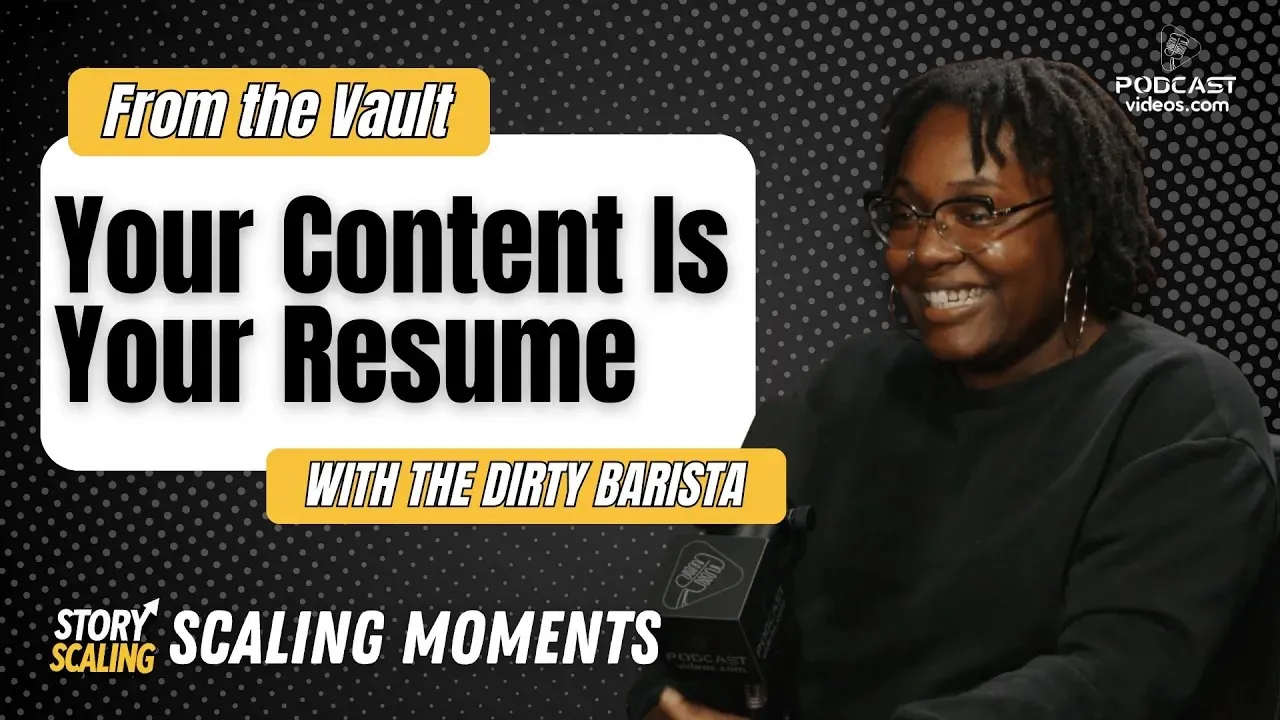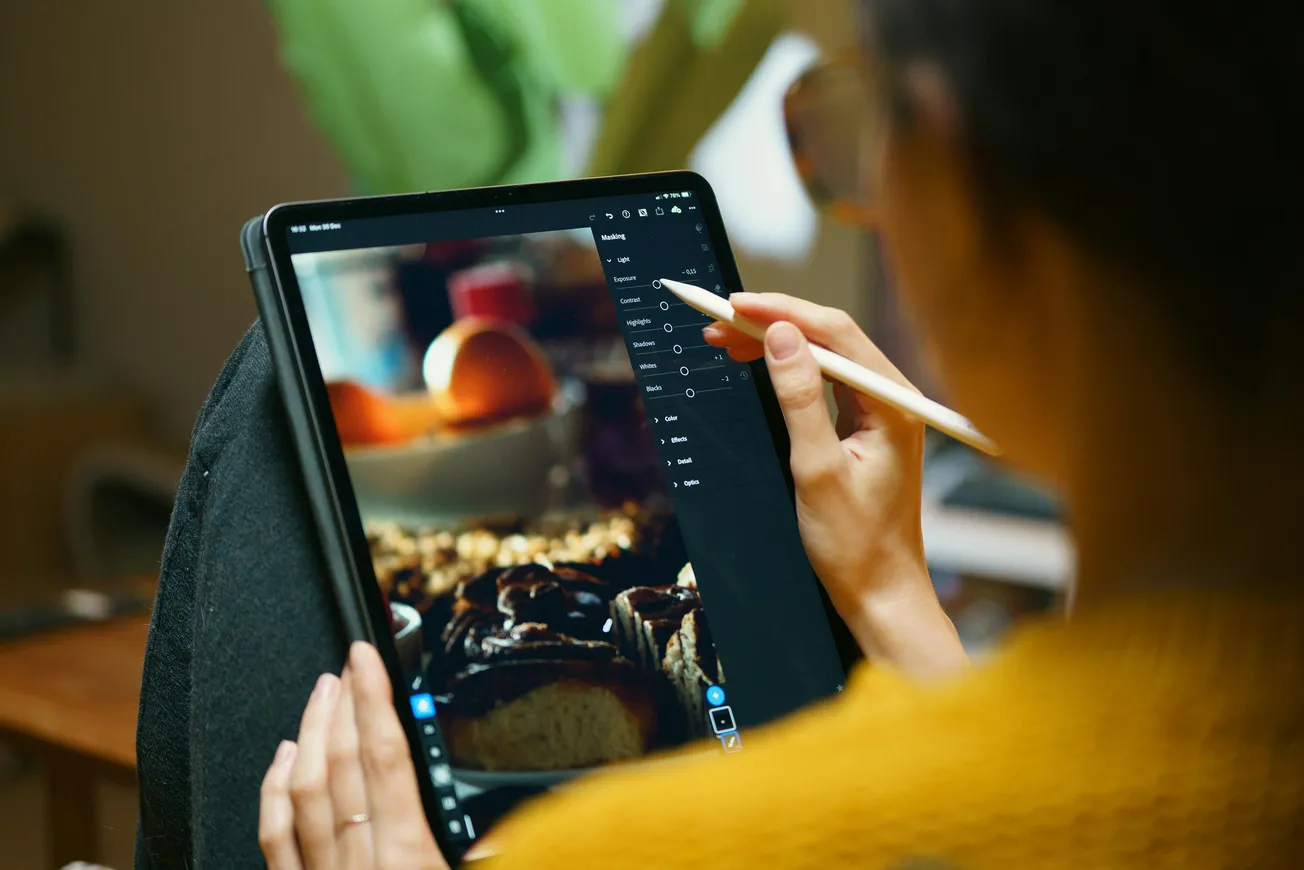In May 2025, Spotify introduced a new public-facing podcast metric called “Plays”, signaling a significant shift in how podcast performance is tracked and perceived.
The move aligns Spotify more closely with platforms like YouTube, where visible view counts are standard, and it repositions how engagement is measured within the podcasting ecosystem.
According to Spotify, a “Play” is counted when someone listens to or watches a podcast episode for at least 60 seconds. This differs from private stream metrics used in Spotify for Podcasters and the traditional download counts used by most podcast hosts.
Unlike those backend metrics, “Plays” are publicly visible to users, making them a new social signal for popularity and resonance.
Industry Reactions: Transparency, Anxiety, and Platform Power
Support for Visibility and Insight
- Discoverability: Creators and analysts argue that making plays visible helps audiences find popular content quickly.
- Real-Time Feedback: Seeing what content resonates within a short time window allows podcasters to adjust and improve their offerings with more agility.
Concerns About Equity and Centralization
- Smaller Creators Feel Pressured: There are fears that the metric will disproportionately favor large creators, similar to YouTube’s algorithmic pressures.
- Platform Lock-in: Critics argue that Spotify’s proprietary metric exacerbates the centralization of data, which traditionally has been open and distributed in podcasting.
This tension reflects deeper structural divides between open podcasting standards and proprietary platforms.
The Fragmented World of Podcast Metrics
Traditionally, the podcast industry has measured success using downloads, which track how many times an episode file is transferred from a server to a listener's device. However, downloads are increasingly seen as a blunt instrument:
- A download doesn’t guarantee that the episode was ever listened to.
- It fails to distinguish between partial listens and full episode consumption.
- It's platform-agnostic, which is good for independence but lacking in behavioral insight.
The IAB (Interactive Advertising Bureau) has attempted to standardize download measurement via its Podcast Measurement Guidelines, which ensure uniformity in how hosts and advertisers count listens and ad impressions. But these standards haven’t resolved all concerns—especially as platforms like Spotify and YouTube define their own metrics outside of the IAB framework.
Impact on the Traditional 'Download' Metric
Spotify's “Plays” metric (and similar proprietary measures from YouTube and Apple) may signal a decline in the relevance of downloads as a universal industry standard. Here’s how:
- Public Obsolescence: With plays visible to users, audiences may begin using play counts instead of downloads as social proof or indicators of success.
- Advertiser Preference Shift: Advertisers may favor metrics that better represent actual listening, such as completion rates or engagement, over simple download numbers.
- Measurement Divergence: As more platforms adopt their own engagement-based definitions, downloads may increasingly be viewed as a legacy metric, useful only for backend aggregation.
Still, downloads remain important for cross-platform reporting, especially for creators who distribute via RSS and want control over their analytics stack.
Emergence of Completion and Consumption Metrics
To better capture listener behavior, the industry is turning to metrics like completion rate, consumption rate, and average listen time. These offer granular insights into listener engagement, helping creators and advertisers understand how much of an episode was actually heard.
Notable Metrics:
- Completion Rate: The percentage of listeners who finished an episode.
- Consumption Rate: How much of the episode was listened to on average (e.g., 70% completion).
- Drop-off Points: When in the episode listeners stop playing.
Spotify, Apple, and YouTube each offer some version of these metrics in their creator dashboards. For example:
- Spotify for Podcasters includes “stream starts,” “listeners,” and “starts vs. streams” to track partial vs. completed plays.
- YouTube Analytics breaks down retention graphs, allowing creators to pinpoint where listeners drop off.
- Apple Podcasts shows average consumption, which is a direct reflection of listener attention.
These newer analytics are increasingly favored by advertisers, who want to know whether ads are heard—not just downloaded.
Complicating Factors: The Rise of Video and YouTube Podcasting
The rise of video podcasts has further complicated podcast metrics. YouTube, now the most-used podcast platform in the U.S., tracks engagement differently:
- Views are visible and favored.
- Metrics like watch time and viewer retention carry more weight than downloads.
- “Podcast” is often used loosely—many so-called podcasts on YouTube are not available via RSS at all.
This creates a blurring of definitions:
- Is a YouTube talk show a podcast?
- Can a platform define its own metric and still be part of the “podcast” ecosystem?
The result is that podcasting statistics are now fragmented not just by platform, but by media type—audio vs. video—and even business model (RSS open vs. closed ecosystems).
Toward a Unified Measurement Future?
The podcast industry now faces a choice: continue down the path of platform-specific, siloed metrics, or work together toward a standardized, cross-platform measurement framework.
Some steps forward include:
- IAB 2.1+ standards with wider platform adoption.
- Triton Digital and Podtrac integrations across audio and video.
- Industry-wide collaborations to define what counts as a listen, a view, and engagement.
A universal metric that blends downloads, plays, completion, and cross-platform visibility remains elusive—but critically important.
Conclusion
Spotify’s “Plays” metric is a milestone in podcast analytics, aligning with broader trends toward transparency and immediate engagement feedback. But it also underscores long-standing tensions in podcasting: between openness and platform control, legacy downloads and new engagement models, and audio and video convergence.
As more platforms redefine what it means to “listen” or “watch” a podcast, the industry must confront a fundamental question: What should podcast success really measure?
Without a unified answer, creators and advertisers will continue to navigate a fractured—and increasingly competitive—landscape.







